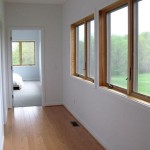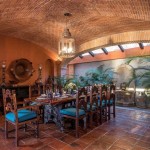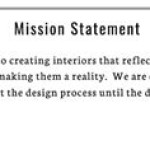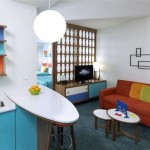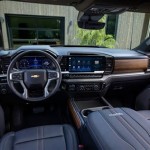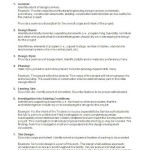Gym Design Interior: Creating a Functional and Inspiring Space
Gym design goes beyond just putting equipment in a room. It's about crafting a space that motivates, supports, and elevates the workout experience. A well-designed gym interior encourages exercise, fosters a sense of community, and reflects the unique identity of the facility. This article explores key considerations for gym design, encompassing aesthetics, functionality, and user experience.
1. Functionality: Ergonomics and Flow
Gym design prioritizes functionality. Equipment placement and space allocation should facilitate smooth movement and prevent congestion. This involves:
- Strategic Equipment Arrangement: Group equipment for optimal workout flow, separating cardio machines from weight training areas. Consider the natural progression of exercises and create distinct zones for different activities.
- Clear Pathways: Wide aisles and open spaces allow comfortable movement and prevent accidents. Navigating the gym should be intuitive and easy.
- Ergonomic Design: Utilize adjustable equipment, comfortable seating, and appropriate lighting to minimize strain and enhance user comfort.
- Ventilation: Proper ventilation is crucial for maintaining air quality and removing sweat and odors. Ensure adequate airflow to prevent staleness and maintain a safe environment.
By optimizing functionality, gyms create a user-friendly environment that enhances the workout experience.
2. Aesthetics: Setting the Mood
Gym aesthetics play a significant role in creating the desired atmosphere. The right colors, materials, and lighting can inspire, motivate, and uplift users. Key elements include:
- Color Psychology: Utilize color to influence mood and energy levels. Vibrant colors like red, orange, and yellow can boost energy and motivation, while calming colors like blue and green promote relaxation. Consider the target audience and the specific workout zones when choosing colors.
- Materials: Choose durable and easy-to-clean materials for flooring, walls, and equipment. Rubber flooring provides shock absorption and sound dampening, while natural materials like wood can add warmth and texture. Consider the overall aesthetic and functionality when selecting materials.
- Lighting: Balanced lighting is essential. Adequate brightness for visibility is crucial, while softer lighting in relaxation areas fosters a sense of tranquility. Use natural light whenever possible and incorporate strategically placed artificial lighting for a welcoming ambiance.
- Decorative Elements: Adding inspirational quotes, motivational artwork, and greenery can create a visual appeal and boost user morale. Choose elements that align with the gym's overall theme and target audience.
Aesthetics play a crucial role in creating a gym that is both visually appealing and functionally efficient.
3. User Experience: Promoting Inclusivity and Comfort
Gym design should be inclusive and cater to diverse needs. Consider the following aspects to create a positive and welcoming experience:
- Accessibility: Ensure the gym is accessible to individuals with disabilities by providing ramps, accessible restrooms, and equipment modifications. Promote inclusivity and cater to a wide range of users.
- Personalization: Offer a variety of workout options, catering to different fitness levels and goals. Provide equipment choices and class schedules that accommodate diverse preferences.
- Comfort Amenities: Enhance the experience with amenities like showers, lockers, and a dedicated relaxation area. Consider providing comfortable seating, water fountains, and towel service for added convenience.
- Technology Integration: Incorporate technology, such as digital displays, interactive equipment, and mobile app integrations, to enhance the user experience and provide data-driven insights.
By prioritizing user experience, gyms can create a welcoming and supportive environment that encourages regular exercise and promotes a sense of community.
Gym design is a complex process that requires careful consideration of functionality, aesthetics, and user experience. By incorporating these key principles, gyms can create spaces that motivate, inspire, and elevate the workout journey, fostering a healthy and positive community environment.

Latest Gym Interior Design Ideas For 2024

16 Gym Design And Branding Ideas For A Vip Customer Experience Blog

Gym Interior Design Home

Top Examples Of Gym And Wellbeing Spaces Zynk

Insights From Best Gym Design Company For Hotels Resorts And Real Estate Wellness Spaces Consultants

16 Gym Design And Branding Ideas For A Vip Customer Experience Blog

A Stepwise Guide For Your Gym Interior Into Wellness

Home Gym Interior Design DÃ Cor Inspirations

Gym Design And Interior Architecture For The Wellness Sector Zynk

Gym Design On Behance Interior Home


